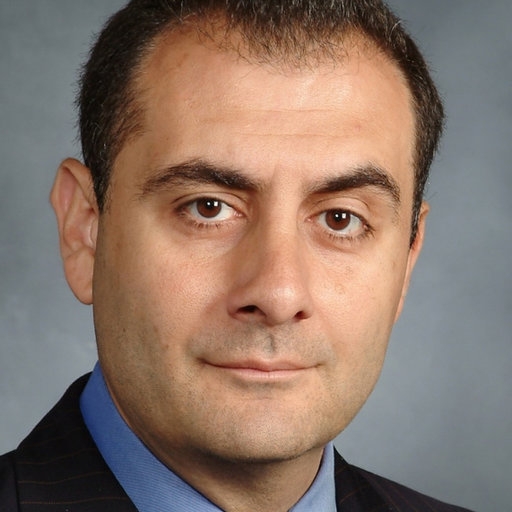
Dr. Michel Kahaleh
Weill Cornell Medical College scientists have added a new tool in the endoscopy diagnostic arsenal that detects biliary cancers earlier and with greater accuracy than other imaging techniques available.
A research team led by Dr. Michel Kahaleh, chief of endoscopy at Weill Cornell, has found that a new microscope imaging technique called probe-based confocal laser endomicroscopy (pCLE) can immediately and more accurately detect biliary cancers than the current diagnostic techniques, which include biopsies and CT and MRI scans. The findings were published in Digestive Endoscopy in February.
"This new technique is very important because it provides to patients a one-stop-shop option," Dr. Kahaleh said. "Unlike with biopsy, the results are immediate and allow physicians to proceed with treatment."
The procedure involves the insertion of a small microscope into the digestive tract, which provides doctors real-time images at the cellular level of tissue to determine if cells are cancerous. Scientists found that the procedure is 89 percent accurate in its diagnosis, compared to 72 percent using other methods. Given these successes, the team recommends that more doctors become proficient with the diagnostic tool. Dr. Kahaleh's study found that just a single training session in pCLE for the bile duct can greatly improve both accuracy rates and agreement among practitioners.
In a separate study led by Dr. Kahaleh and published in February in Gastrointestinal Endoscopy, scientists reported breaking new ground in the treatment of biliary stones with the use of a modern endoscopic laser. They found that the holmium laser, the most current laser technology to be used for bile duct stone fragmentation, produces a low-energy shock wave that makes it a safe and effective treatment method and an alternative to surgery.
The holmium laser is a pulsed solid state laser with a short wavelength similar to that of water. It works by delivering short pulsations of optical energy to the top of the fiber, which in an aqueous solution causes immediate fluid evaporation that hollows out the center of the bile duct stone, resulting in a gas bubble called a cavitation bubble.This process is referred to as the "Moses effect." The bubble ripples until it violently implodes, generating a shockwave at the fiber tip that is transmitted to the stone.
While other short-wavelength lasers have been used in the fragmentation of biliary stones, the holmium laser differs in that it produces much lower energy shockwaves. That makes it safer than lasers with higher energy shockwaves, yet just as effective. The scientists found that the laser was successful in removing the bile duct stones of 97 percent of the patients in the study. Dr. Kahaleh called the success of the new technique and its potential to eliminate complex biliary surgery "truly incredible."
